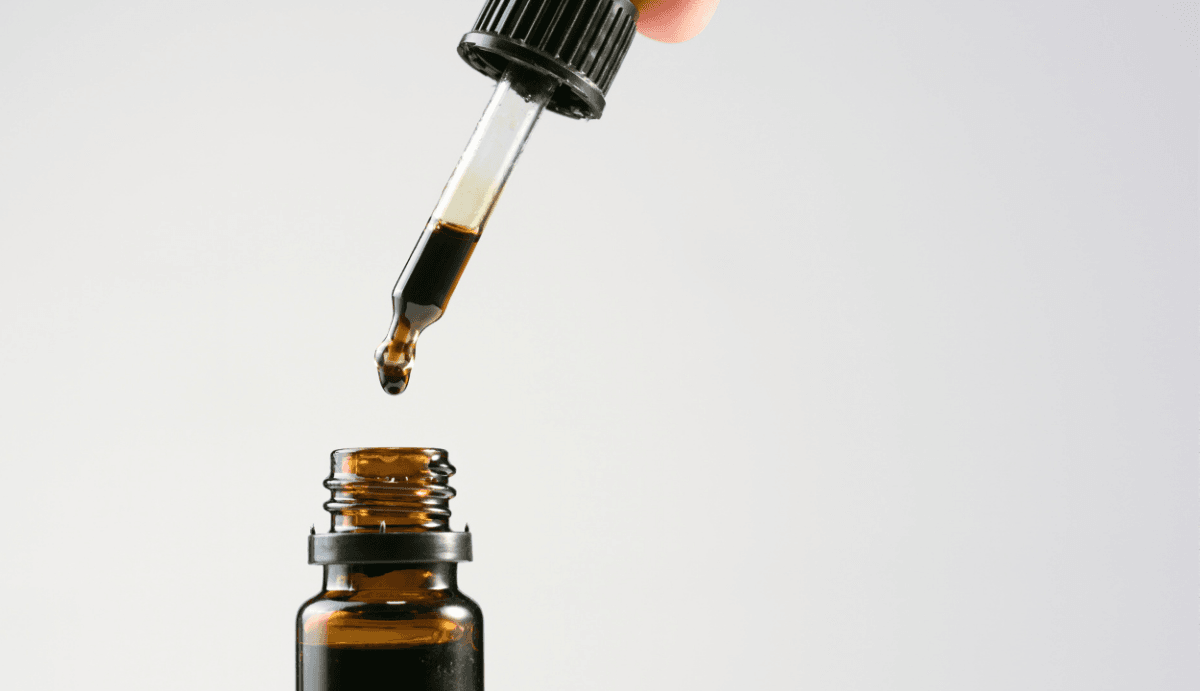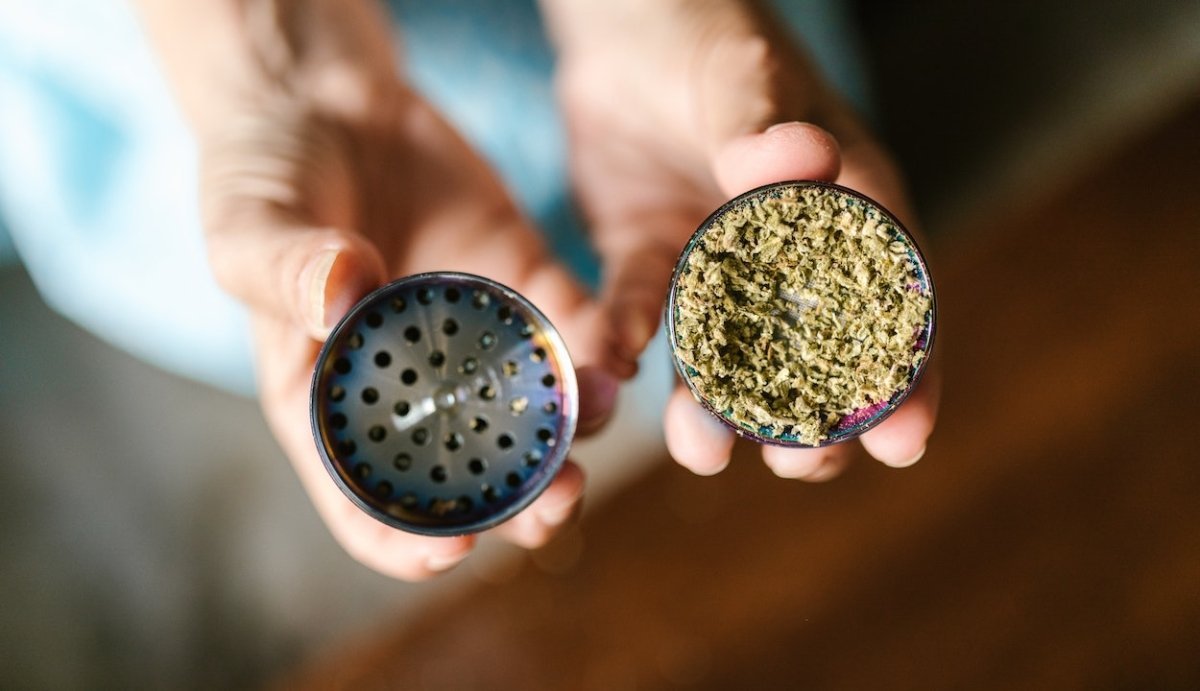Your Cart is Empty
FREE SHIPPING ON ALL ORDERS $75+
You may assume that THC-O is relatively new, but you’d be wrong. In fact, some of the research surrounding THC-O dates back to the 40s, and like other hemp-derived cannabinoids, it was isolated long before cannabis was even made illegal. So, when was THC-O discovered? Well, finding the answer has proved difficult. Here’s what we know:
THC-O History
When Was THC-O First Discovered?
Is THC-O Today the Same as THC-O From 1940?
Where to Buy Legal THC-O

Until lately, THC-O just wasn’t that popular, not only because it was illegal, but because it’s just not that easy to make. Therefore, finding accurate information about THC-O’s history can be challenging.
Although there are no straight answers to help us understand how or when THC-O was first isolated, the first recorded examples of THC-O date back to 1948. At that time, the U.S. Army carried out studies that involved giving THC and THC-O to dogs to evaluate their potential to be used as weapons. This research helped us understand that THC-O may be twice as potent as Delta-9-THC.
The military research was eventually stopped in 1975, and THC-O mentions didn’t resurface until 1978 when a man in Jacksonville, Florida was charged with manufacturing THC-O with distribution intent. Because this was ruled to be one isolated event, the DEA didn’t go any further. It wasn’t until 1986 that the U.S. federal government made THC analogs illegal.
Because there is no direct information about how or why THC-O was isolated, many people lend credit to the Army researchers. After all, Delta-8-THC was also isolated around the same time (in the mid ’40s) and is a precursor to THC-O when made via isomerization. Others suggest that THC-O was first isolated in the year 1940, although it’s unclear who the original researcher to isolate THC-O may have been.
Suppose you’re wondering how the THC-O manufacturing process has changed in the last 80 years. In that case, you’ll be happy to know that the THC-O molecule is still the same as it has always been, even if it's possibly made via different methods. Here’s what we mean:
THC-O exists naturally in the cannabis plant. It can be found in hemp in very low concentrations, and it can be extracted naturally using the same extraction methods that are used to extract CBD. This is the reason that THC-O is considered to be a “natural hemp cannabinoid” and the reason that it’s legal considering the definition used to legalize hemp in the 2018 Farm Bill.
However, the concentrations of THC-O that are available in the plant are so low that these extraction methods are not useful for harvesting THC-O in usable quantities. The amount of hemp necessary to make a single THC-O product would be absurd, and the final product would be inaccessibly expensive. So, today, manufacturers use a different method to produce THC-O products that are safe and affordable: isomerization.
Isomerization refers to the transformation of one compound into another and it allows manufacturers to create THC-O products from hemp material that are both legal and affordable. Let us explain:
Isomers are compounds with all the same components, just aligned in a different order. So, isomerization is the process of transforming one compound into its isomer. In this case, CBD is being transformed into THC-O.

Instead of extracting THC-O directly from the plant, manufacturers extract CBD and then transform it into THC-O using this isomerization process. The hemp, CBD, and THC-O are all federally legal because the original hemp material and final products contain less than 0.3% Delta-9-THC.
Fortunately for hemp consumers, this isomerization method is also nothing new. Raphael Mechoulum, a researcher known as the “father of cannabis,” filed for a patent for the process of converting CBD into Delta-8 in the early 2000s. It’s this method that helps modern manufacturers discover the technique for making legal THC-O products.
In other words, the true origin of THC-O as we know it today lives somewhere between its initial discovery in the 1940s and the discovery of modern manufacturing techniques that make it legal today.
Thanks to updated hemp laws, THC-O is legal nationwide when made from hemp material. Of course, state laws vary, so you should also check to see if THC-O is legal in your local area before you buy.
Since it’s federally legal, you can easily buy THC-O online and have it shipped right to your door. Our THC-O Vapes contain Delta-8 and various therapeutic terpenes. Check out our Elev8 Collection for a complete selection of hemp-derived THC products you can buy online.

Comments will be approved before showing up.



